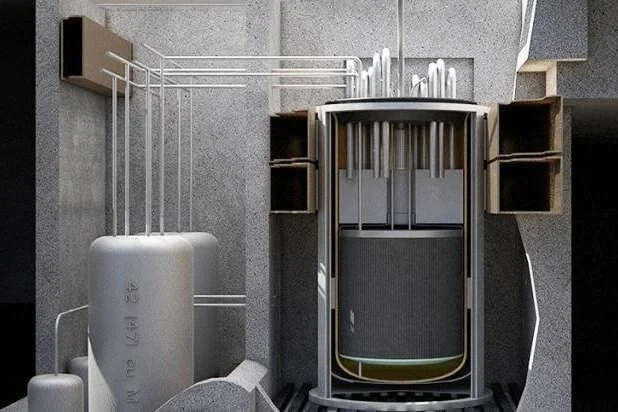
What is Decentralised Energy?
Decentralised Energy (DE) is kinetic and/or potential energy (thermal, radiant, chemical, nuclear, and electrical) that is created and/or stored close to the point(s) of consumption. DE encompasses onsite energy generation, energy storage, and energy efficiency measures. DE projects vary in size and there is no set maximum capacity because systems are designed to meet local demand.
TYPES OF DE
DISTRICT ENERGY
A District Energy System (DES) is a system designed to supply thermal energy (and possibly electricity) to multiple buildings from a central plant or from several interconnected but distributed plants.
Resource Links
COGENERATION
Cogeneration or combined heat and power (CHP) is the simultaneous production of two or more forms of energy from a single fuel source. They operate at 50 to 70 percent higher efficiency rates than typical single-generation facilities. Tri-Generation is becoming more common as the demand for cooling is added to these systems.
Resource Links
SOLAR ENERGY
Solar photovoltaic (PV) systems directly convert solar energy into electricity. Concentrating solar power (CSP) devices concentrate energy from the sun’s rays to heat a receiver to high temperatures. This heat is then transformed into electricity – solar thermal electricity (STE). A variety of technologies also exist to capture solar radiation and convert it into heating or cooling.
Resource Links
EARTH ENERGY
Geothermal energy is a direct use of hot water derived from the earth. GeoExchange is the use of the ground's heating and cooling properties to heat or cool buildings using standard pump and compressor technology.
Resource Links
BIOENERGY
Renewable energy produced from the conversion of organic matter. Organic matter may either be used directly as a fuel or processed into liquids and gases.
Resource Links
MODULAR REACTORS
Molten Salt Reactors ("MsRs") are nuclear reactors that use a fluid fuel in the form of a molten fluoride or chloride salt. As an MSR fuel salt is a liquid, it functions as both the fuel (producing the heat) and the coolant (transporting the heat away and ultimately to the power plant).
Resource Links
MICROGRIDS, MINI-GRIDS & NANOGRIDS
Microgrids have a defined geographical boundary (e.g., a community or campus) that can connect to a larger regional grid or operate autonomously (i.e., "island mode"). Mini-grids and nanogrids are fully offgrid.
Resource Links
ENERGY STORAGE
Energy storage is captured energy that can be stored until needed. Storage options include batteries, thermal, or mechanical systems.
Resource Links









